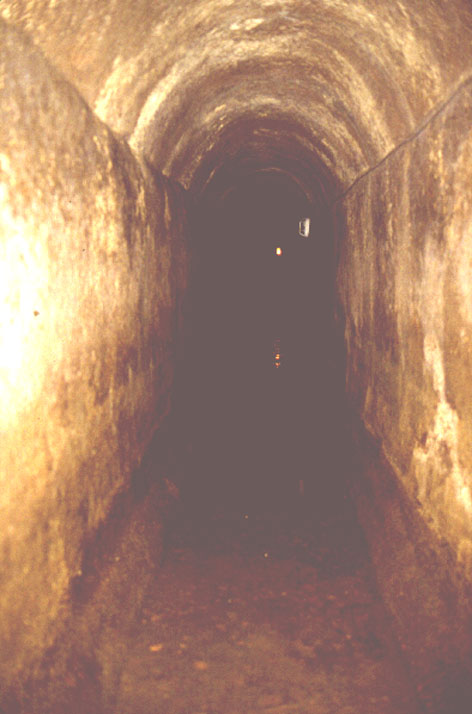The earliest archaeologically traceable activity on the site was the construction of the aqueduct, whose course, continuing the stretch already known under the Academy basement, ran through the excavated area from west to east, towards the gate of the car park. Pottery of the first and early second centuries AD recovered from the backfill of the aqueduct's construction trench demonstrates that the aqueduct is indeed the Aqua Traiana (dedicated in AD 109), as has generally been assumed but never hitherto proven (Van Buren and Stevens 1917), and not the Augustan Aqua Alsietina as suggested by Wikander (1979, 25-7). The vault of the aqueduct had been destroyed within the areaof our trench, but the channel was accessible from under the north-western edge of the trench and the conduit survives intact here, running underground for 13.3 m as far as the external foundation wall of the Academy, beyond which it is accessible from within the Academy's basement. The aqueduct was evidently built by cut-and-cover work, in concrete faced with good opus reticulatum, whose blocks measure between 7 and 9 cm on a side. The uppermost course of reticulate blocks has been laid flat rather than diagonally, to provide a level surface for five courses of rubble aggregate in the concrete walls, above which rises the vault. The channel is 0.90 m wide and 1.90 m high, with some 0.35 m of silt over the floor. The walls are faced with a layer of opus signinum (waterproof cement made with crushed brick and tile) 2-3 cm thick.
